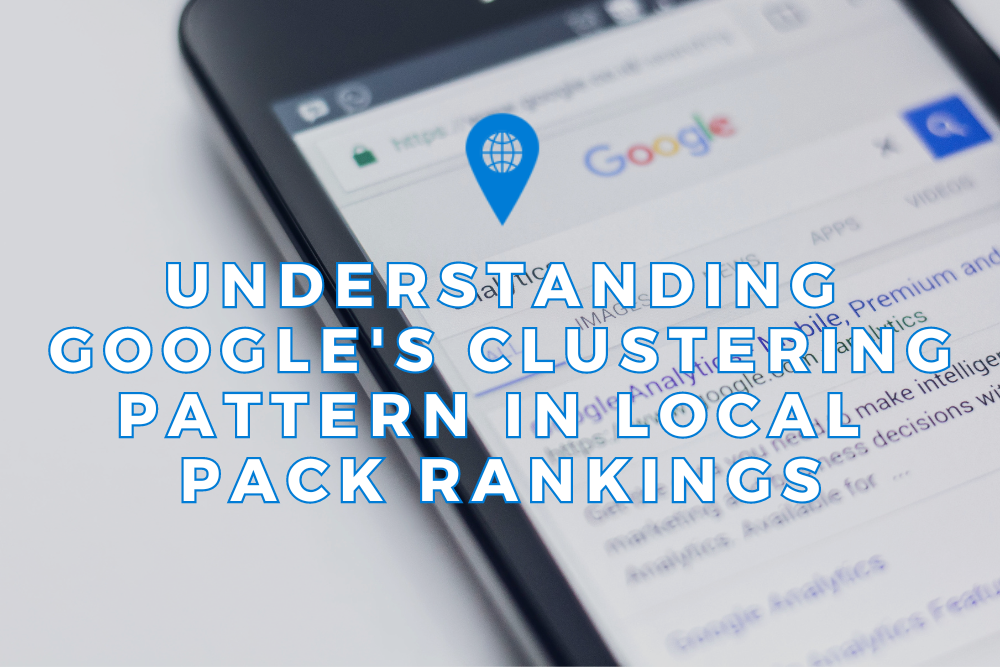Understanding Google's Clustering Pattern in Local Pack Rankings

As SEO professionals, closely observing Google My Business’ ranking patterns is part of our role, and sometimes, we stumble upon interesting patterns. Today, we’ll discuss Google’s local results appearing in a 2:1 clustering pattern and what it means for your local SEO strategy.
Google’s 2:1 Clustering Pattern
In the map pack, Google usually displays two businesses side by side and another slightly further. The results form an isosceles triangle. This pattern remains consistent, no matter the size or density of the location—maintaining a tight radius around the searcher’s location across small towns, sprawling cities, and even state-level searches.
The Implication of Google’s Clustering Pattern
How does Google decide where to lay the 2:1 ranking pattern, especially for larger geographic divisions like states? It’s known that Google takes into account the center of the location when ranking local search results. Hence, Google likely utilizes a point as close to the middle of the location as possible when determining where to cluster the results.
Yet, this clustering approach isn’t always beneficial for searches that are not specific to the searcher’s location. For instance, a search for “restaurants in Nevada” might cluster results around the state center, leaving out popular destinations like Las Vegas.
Improving Google’s Local Pack Rankings
The main takeaway for local businesses is the need to optimize for this geocentric approach. Understanding Google’s clustering pattern can help you leverage location-based SEO strategies and better anticipate Google’s ranking preferences.
However, it’s still essential for businesses to remain mindful of the overarching goal: to serve relevant, quality results to searchers. That means focusing on strategies like optimizing your Google Business Profile, building strong online reputations, and cultivating relevant local content.
Have Questions?
If you have any inquiries or need further assistance, please get in touch with our Local View team for comprehensive guidance.
